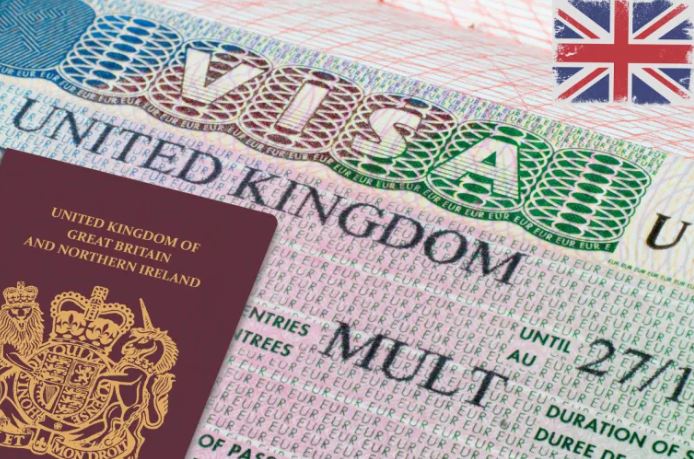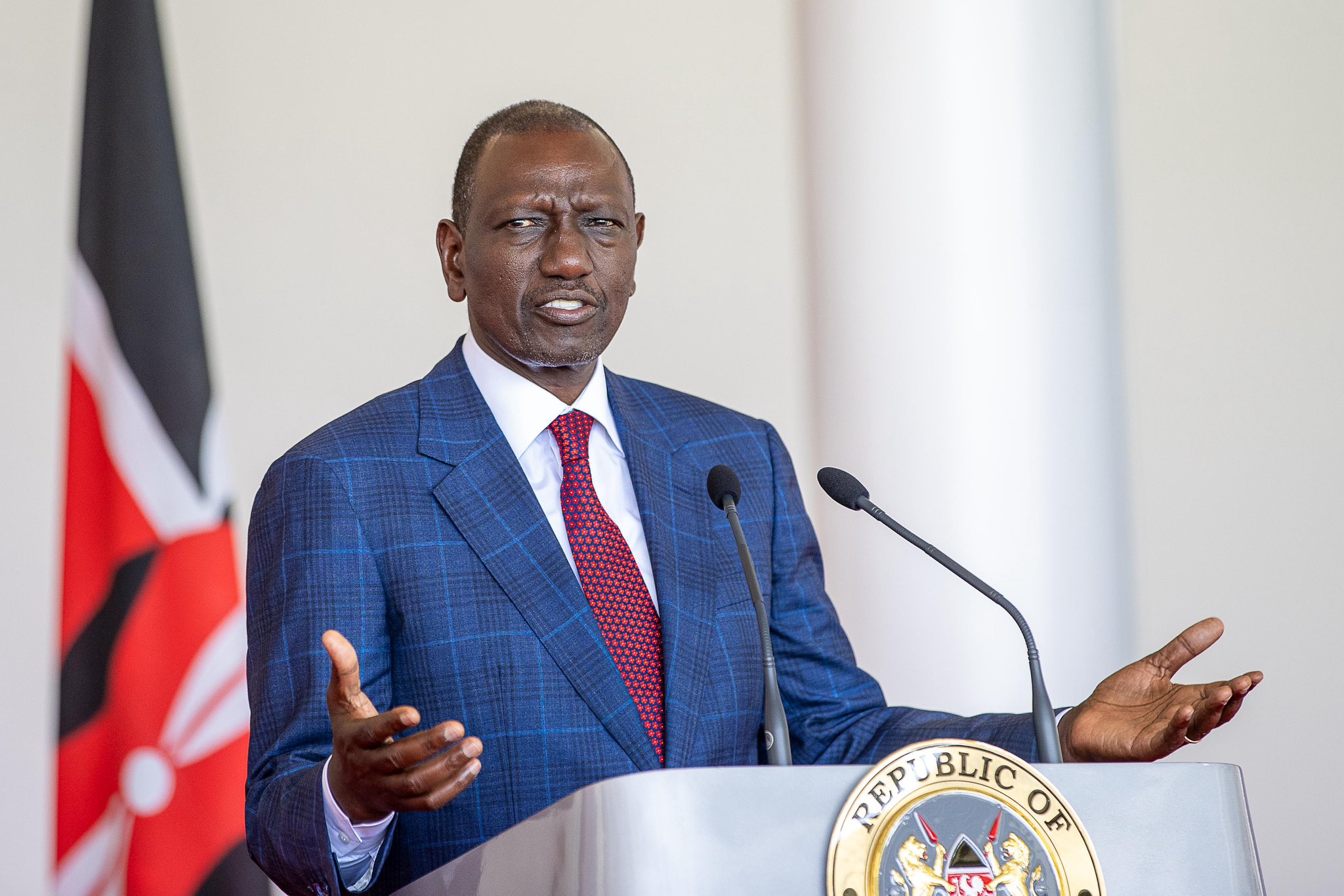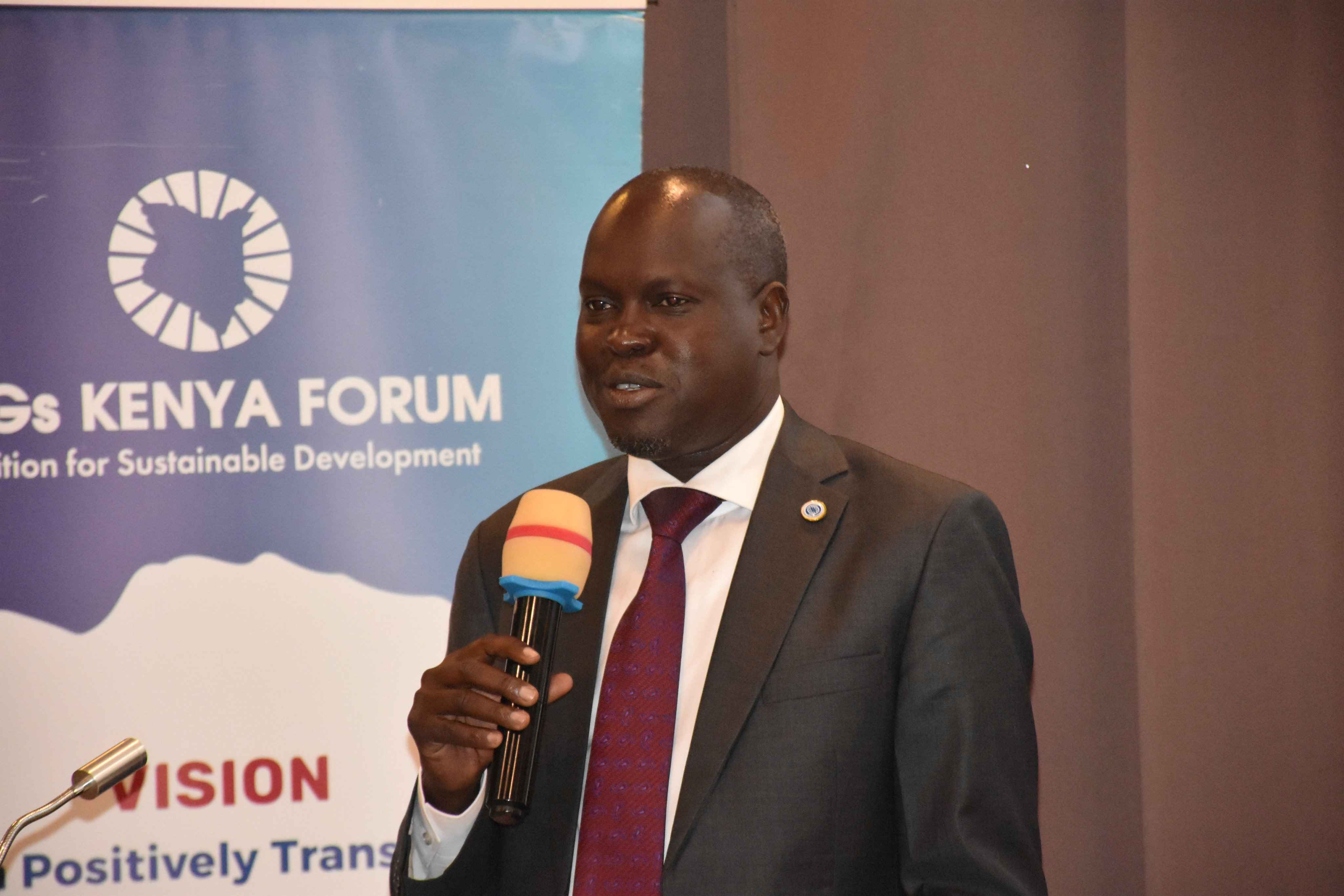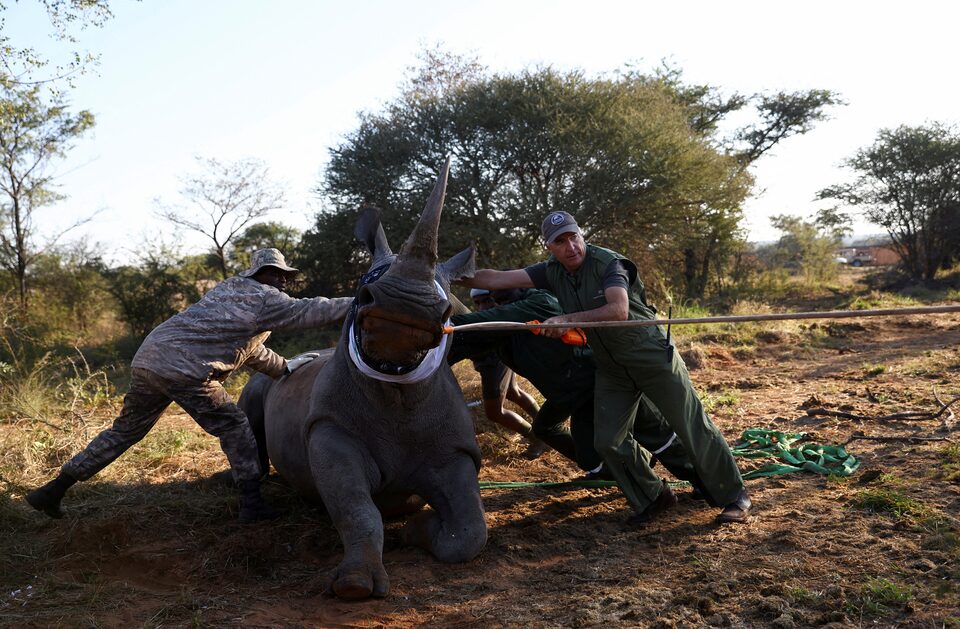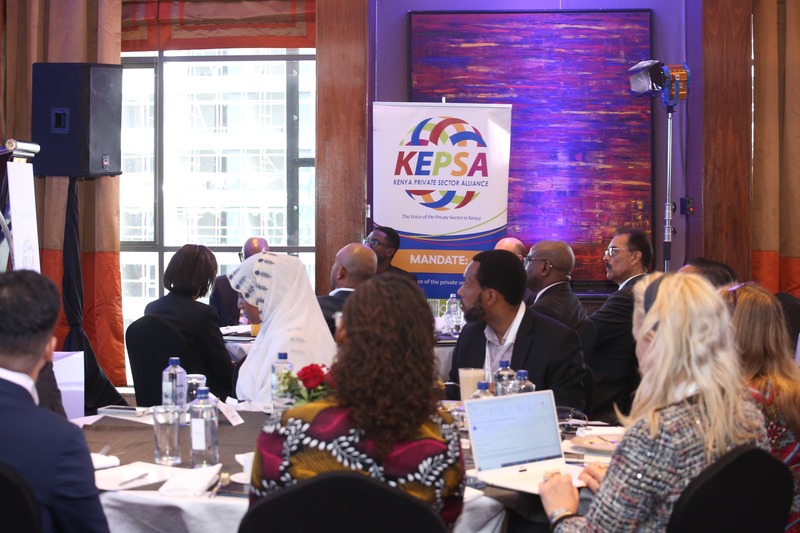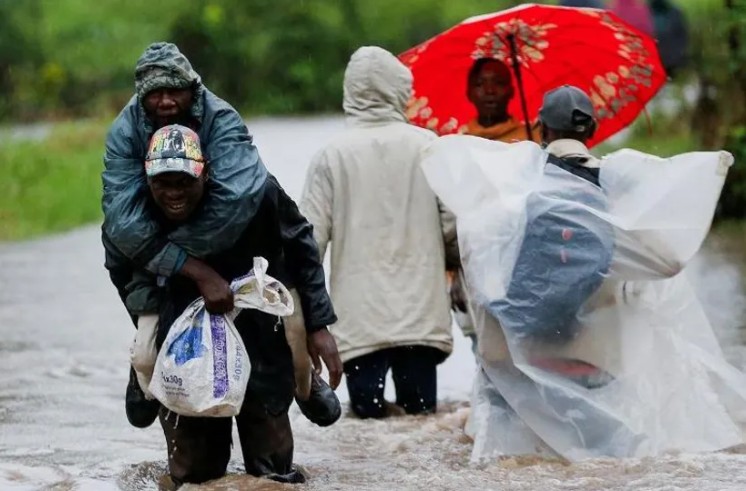Renewable energy surges to record highs but remains off track for 2030 goals – Report
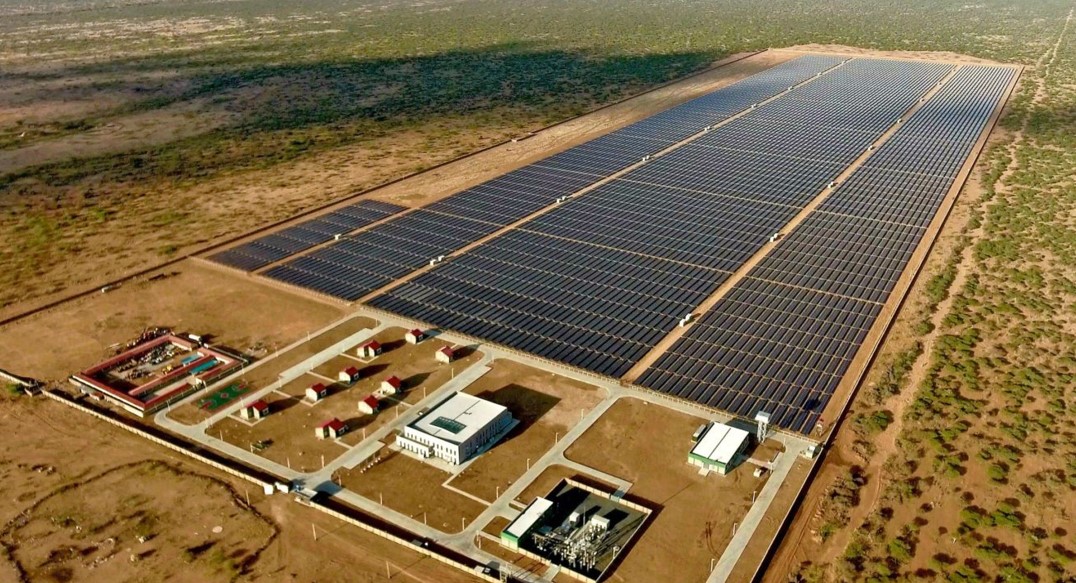
According to IRENA Director-General Francesco La Camera, renewables keep breaking their own expansion records each year, but there are challenges of great regional disparities, dragging back the joint efforts towards the 2030 goal.
Countries across the world are adding renewable energy capacity at an unprecedented pace, with record-breaking growth in wind and solar power installations in recent years.
The latest energy transition report by the International Renewable Energy Agency (IRENA) shows global renewable energy capacity grew by a record-breaking 15.1 per cent in 2024 to reach 4,448 gigawatts (GW).
More To Read
- Mandera County turns to crop farming as climate change threatens livestock sector
- Global temperatures projected to remain elevated until 2029 - report
- Urgent food system reform needed for resilience as Africa faces chronic hunger crisis
- Garissa communities reclaim barren rangelands with drought-resistant seeds
- From despair to renewal: Kwale farmers restore degraded land through tree regeneration
- African islands under threat: What to do about Trump’s withdrawal from climate change agreement
“Around the world, an additional 585 GW of power was added, largely due to solar and wind energy expansion,” the report reads.
In Kenya, the national grid is largely powered by clean energy sources, which account for 90 per cent of the electricity generation mix, with additional low-emission projects in development.
Data by the International Energy Agency shows Kenya’s wind and solar PV experienced the largest yearly generation growth from 2018 to 2024, at 63 per cent and 34 per cent, respectively.
It further projects that the two will continue posting strong growth over the 2025–2027 period, albeit at lower rates, at 12 per cent and 28 per cent, respectively.
Expansion pace insufficient
Despite the surge, the agency warns that the pace of expansion, inclusive of other countries globally, is still insufficient to meet the critical 2030 energy transition goals aimed at curbing climate change and reducing reliance on fossil fuels.
The report highlights a widening gap between current progress and what’s needed to align with international climate commitments.
“Despite setting a new high in annual capacity expansion, the growth still fails to reach the levels needed to deliver on the global goal to triple available renewable energy by 2030. This would require growing capacity at 16.6 per cent each year until 2030,” IRENA said.
It adds that the current growth rates indicate the world is not on track to triple installed renewable power capacity to 11 TW by 2030, or meet Paris Agreement targets.
“If we were to maintain the growth rate seen in 2024, we would still fall 7.2 per cent short of the target; following the five-year growth trend since 2018 would leave us 27.9 per cent short.”
The agency, therefore, calls on governments and industries to accelerate investment, streamline regulatory frameworks and bolster grid infrastructure to ensure renewables can meet global energy demands in time.
Regional disparities
According to IRENA Director-General Francesco La Camera, renewables keep breaking their own expansion records each year, but there are challenges of great regional disparities, dragging back the joint efforts towards the 2030 goal.
Experts under the global economic lobby firm, the World Economic Forum (WEF), have also highlighted how increasing global uncertainty is hampering the energy transition and testing energy security.
They reckon that the energy transition is progressing but has lost momentum in the face of increasing global uncertainty.
The Forum’s Energy Transition Index (ETI), which benchmarks 120 countries on their current energy system performance and on the readiness of their enabling environment, says while there has been notable progress in energy efficiency and a marked increase in the adoption of clean energy sources, energy transition momentum has been held back by setbacks in energy equity, driven by rising energy prices in recent years.
“Energy security also continues to be tested by geopolitical risks,” WEF said.
Notably, the global average ETI scores have increased by six per cent since 2015, but showed slower growth in the past three years.
Kenya's ETI stood at 53.6 per cent in 2024, slightly below the global average of 56.5 per cent during the year.
The record ranked Kenya position 70 out of the 120 surveyed countries, a drop from position 46 in the previous year when it had an ETI score of 57.8 per cent, against the then global average of 56.3 per cent.
Top Stories Today
